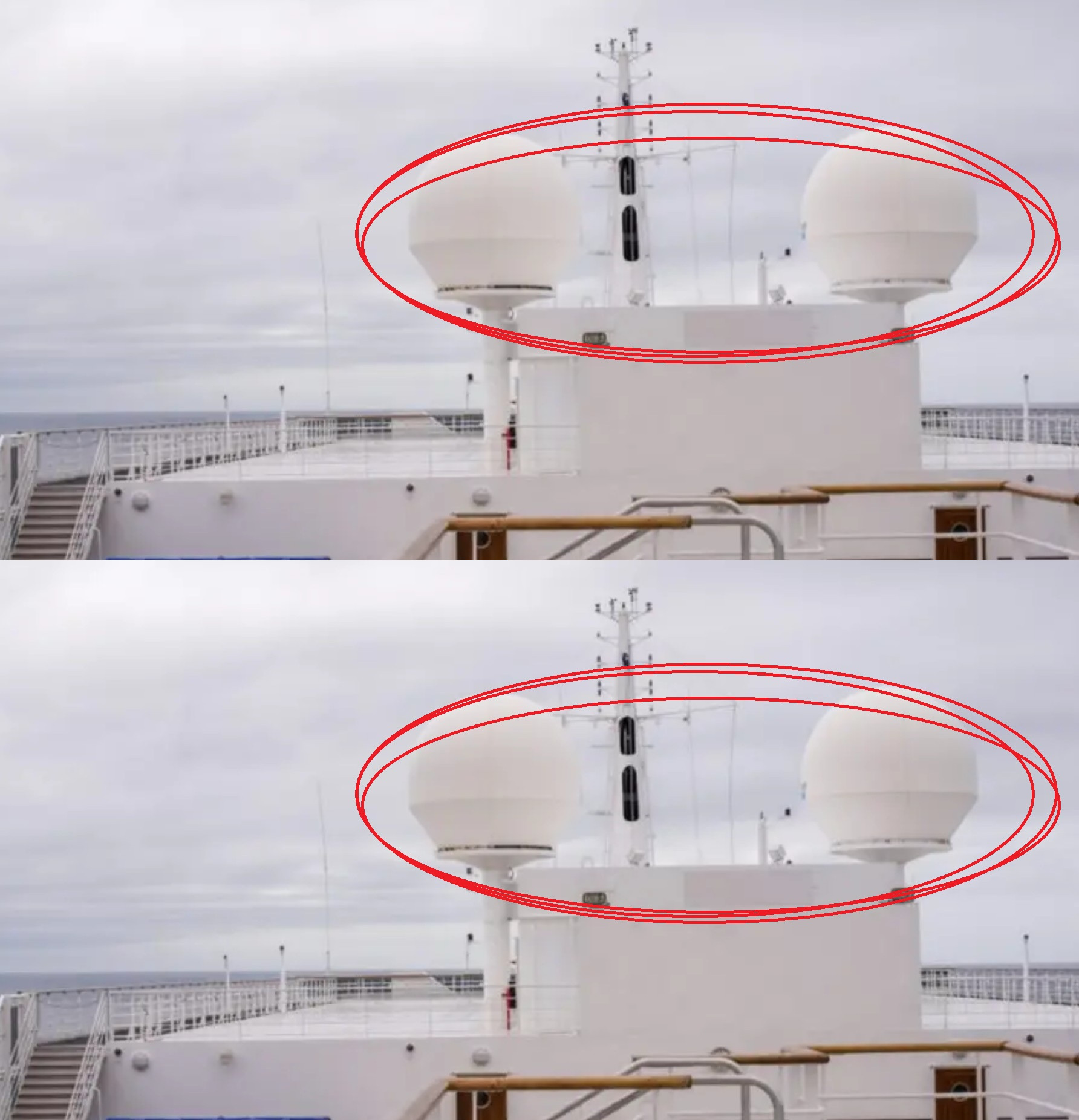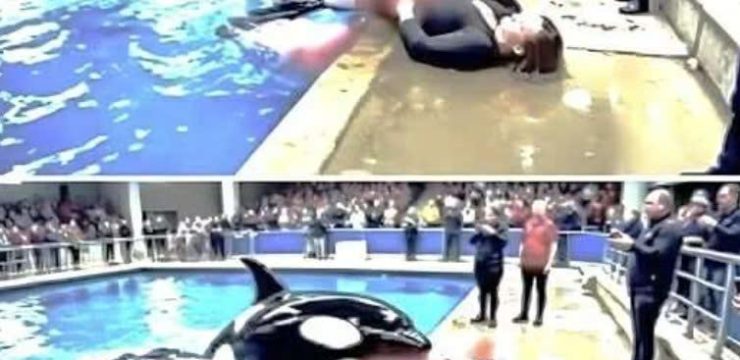If you’ve ever looked up at a cruise ship and noticed those large white balls sitting high up on the top deck, you might have wondered what they are and why they’re always there. They’re hard to miss, and while they might look like decorative features or futuristic ornaments, they actually serve a very important purpose.

After a little research, I found out that these big white structures are called radomes, and they play a critical role in making sure a cruise ship stays connected and safe as it travels across the ocean. A radome, which is a combination of the words “radar” and “dome,” is a protective cover that houses radar antennas and satellite communication systems. These antennas are essential for keeping the ship in touch with the outside world, whether that means communicating with shore-based systems, staying in contact with nearby vessels, or even providing Wi-Fi access to passengers while at sea.
Inside those smooth, white domes is high-tech equipment that monitors the ship’s surroundings, detects other ships and land masses, and helps guide the ship safely through its journey. One natural question people often ask is: why are these radomes always white? The answer is both simple and smart. The color white reflects sunlight, which helps prevent the sensitive electronics inside from overheating. Cruise ships often operate in warm, sunny climates, and the radar systems housed in these domes can generate a lot of heat on their own.
Painting the domes white helps keep the internal temperature down, which ensures the systems inside stay functional and reliable. Plus, white matches the aesthetic of most cruise ships, blending in with their design and giving a clean, cohesive look. Interestingly, not all cruise ships have these radomes. They’re most commonly found on larger and more advanced vessels, the ones equipped with the latest technology and communication systems. When you see a cruise ship with several radomes, it’s a sign that the ship is built for long-distance travel and is prepared for complex navigation and constant communication. These ships often sail to remote locations, and having reliable radar and satellite systems on board is a must. Radomes aren’t just limited to cruise ships, either.
They’re used in all kinds of transportation and communication systems. You’ll find them on airplanes, where they protect radar equipment used for navigation and weather tracking. They’re also found on satellites and on top of telecommunication towers, shielding sensitive antenna systems from harsh weather conditions like rain, snow, wind, and extreme temperatures. Wherever there’s a need to protect antennas from the elements, you’re likely to find a radome doing the job. The next time you’re on a cruise, or even just watching one pull into port, take a moment to look up at those big white domes. They may seem simple on the outside, but inside, they’re doing some heavy lifting to make sure the ship stays informed, connected, and safe. Without them, ships would have a much harder time navigating, especially in bad weather or far from shore. They help the crew avoid potential hazards, maintain communication with other vessels and coastal stations, and even keep passengers connected with loved ones back home. In a world where technology often goes unnoticed until something goes wrong, radomes are a perfect example of behind-the-scenes equipment doing its job quietly and effectively. They’re a key part of what makes modern cruise ships the floating marvels they are today. So now, when you spot those smooth, white spheres on top of a ship, you’ll know they’re far more than just part of the design—they’re essential tools helping to keep everything running smoothly out at sea.





